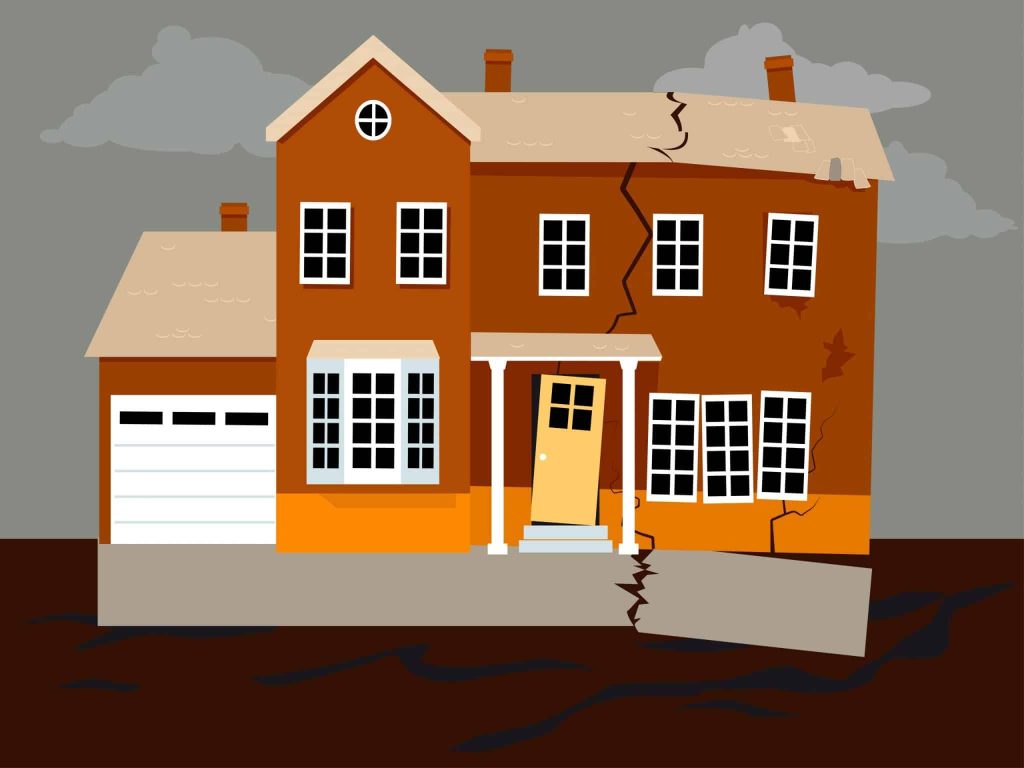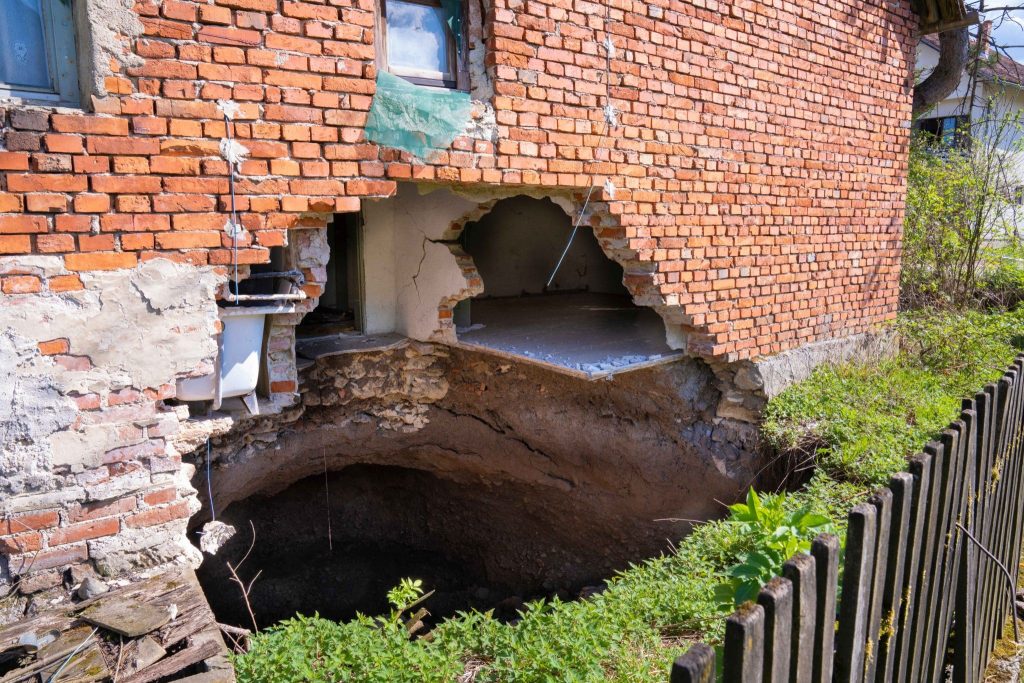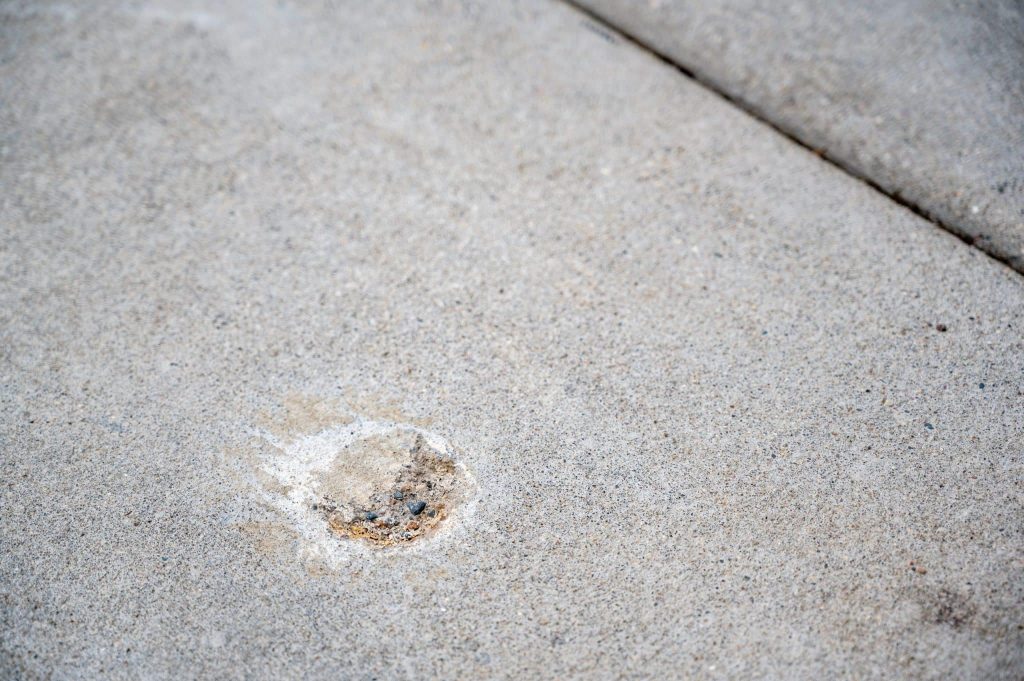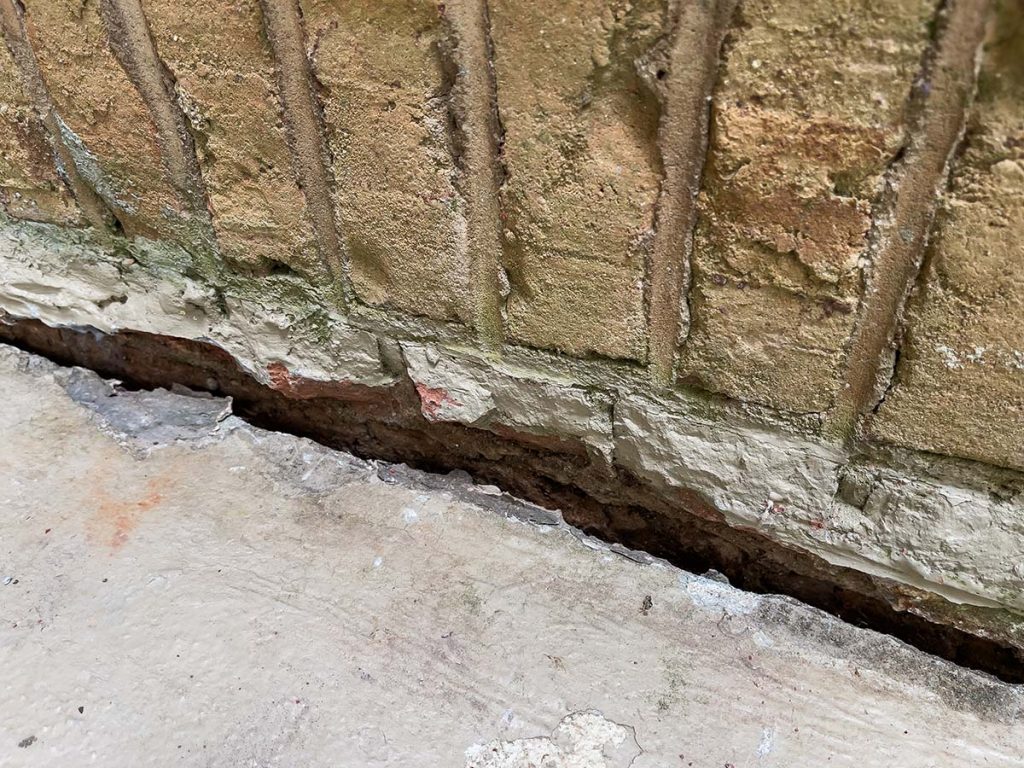Was your home built on a solid foundation? A structural engineer could look before you buy, but you might not find out until it’s too late. Foundation failure is more common than you think and it’s when the existing foundations (or existing footing) can no longer support the structural weight of your home.
This failure leads to the original foundation sinking and while there are reliable solutions to tackle this, you have to treat the cause.
The Causes of Foundation Failure
If you’re worried about foundation failure, there are several causes to look out for. The quicker you address these issues, the less likely you are to encounter full foundation failure. If these are existing problems, you should enlist the services of a professional for a full investigation.
So, what causes foundation failure?
- Poor Drainage
Clogged gutters, short downpipes, a lack of waterproofing, and damaged services are all detrimental to the foundation. Without sufficient drainage, wet soil will lead to unstable footings.
- Soil Condition
Reactive soils are guilty of swelling to lift homes or dropping to sink them. Whether it’s poorly compacted or poor quality, soil can expand and contract, upsetting the foundation.
- Weather
From roasting hot one day to pouring rain the next, we know how unpredictable Australian weather can be. Whether the soil is hot and dry or saturated, both conditions can cause foundation failure.
- Plumbing
Plumbing problems can cause overflows that will flood the soil, erode it, and undermine the foundation. The most common sign of this issue is cracks.
- Slope Failure
While slope failure is usually the result of a landslide, it could be down to creeping, which can occur over time.
- Poor Site Preparation
If the soil wasn’t properly stabilised and compacted, this could cause serious foundation failure.
- Tree Roots
If the home is surrounded by trees, hedges, and bushes, it could lead to dry soil and foundation failure. The bigger the tree, the more water it pulls and that can dislodge the footings.
- Heavy Vehicles & Machinery
If you live on a busy road or operate machinery on your property, it can cause slab movement that may contribute to foundation failure.
Foundation Failure: The Most Common Signs
If you have concerns about foundation failure, you need to know what signs to look for.
- Sinking slabs
If you notice uneven concrete slabs, it could be the result of subsidence and may indicate a foundation failure.
- Cracks
Whether you notice cracks in the foundation, walls, or ceilings, all of these indicate movement and could spell trouble for your structure.
- Sticking Windows and Doors
If there are doors that won’t close properly, stick when closed or windows that jam, it might be the result of foundation movement that could lead to failure.
- Uneven Floors
If you notice sloped, uneven, or sagging floors, it could be a sign of foundation failure.
- Bowed Walls
Whether they bow inward or outward, bowed walls are a glaring sign of foundation failure and at this point, the problem is critical.
- Additional Signs
Other signs to keep an eye on include torn wallpaper, peeling paint, cracked drywall, and leaning chimneys. Of course, there could be other issues at play, but that’s why you should consult a professional.
Foundational Failure: What Are The Next Steps?
Once you’ve identified the foundational failure, what do you do next? There is more than one option, and it’s best to consult a professional for advice. However, one of the most common solutions is underpinning foundations.
Underpinning Foundations
Underpinning is the technique we use to reinforce the foundation to strengthen the building. We excavate to remove the old soil and replace it with new material, whether it’s resin or concrete. This process creates a stable foundation and can be used to address issues like foundation failure and subsidence. It’s an effective way to raise and relevel your property, but you must also address the cause to ensure the problem is eradicated.
Find a reliable, reputable company to deliver the service. With more than 50 years of experience, R+R is confident in our ability to deliver expert workmanship. Our work comes with a 10-year warranty.
Other Stabilisation Methods
Underpinning is a big job and while grouting, screw piling, or solving drainage issues could improve the problem temporarily, if the foundation has failed, you can only put the task off for so long. The longer you delay it, the more expansive the problem will be and likely, the more expensive the repair. While it’s important to address the causes and aesthetic damage, it won’t solve the subsidence issue.
6 Expert Tips To Prevent Foundation Failure
You can take a proactive approach to homeownership to prevent foundation failure, and we have several tips to help you do just that.
- Clean gutters
The best way to avoid foundation failure is to keep your gutters and downpipes clean to ensure proper water flow.
- Install additional drains
If you have swampy areas or notice puddling in certain areas, consider installing additional drains to address the problem. - Gentle sloping
A gentle slope will ensure water runs away from your home, rather than allowing it to pool around and under your home. - Invest in a new sprinkler system
You can invest in a water-efficient sprinkler system to reduce how much water is in your garden. - Landscaping
If you’re planting, locate trees and shrubs with big roots as far from your home as possible. - Quick fix
If you see a problem, fix it quickly.
Summing Up
While there are plenty of foundation failure causes, the best solution to deal with the problem is the foundation underpinning. When building foundations fail, underpinning repairs are the safest way forward.
What type of underpinning technology is right? That depends on the severity of the problem, the cause, and your home’s foundation.
Speak to a professional about the right concrete underpin solution for you.
Frequently Asked Questions
How do I find the right underpinning contractor?
Always seek multiple quotes and ask questions to determine what underpinning method the contractor offers and what underpinning processes they recommend.
What if my foundation issues aren’t that bad?
If you have foundation issues, quickly carrying out a foundation repair is the only way to ensure they don’t grow out of control. Any foundation issue is a problem. Solutions like underpinning and resin injection are key to strengthening the foundation and protecting your investment.
How long does a house underpinning job take?
The timeline for a foundation underpin project is difficult to predict. It depends on the severity of the building foundation problem and the size of your home. Some jobs can be completed in as little as two weeks, but every client is different.
What kind of underpinning costs am I looking at?
That depends on the methods of underpinning. A contractor will consider the soil conditions and recommend grout underpinning, resin injection underpinning, pile underpinning, or concrete underpinning.





